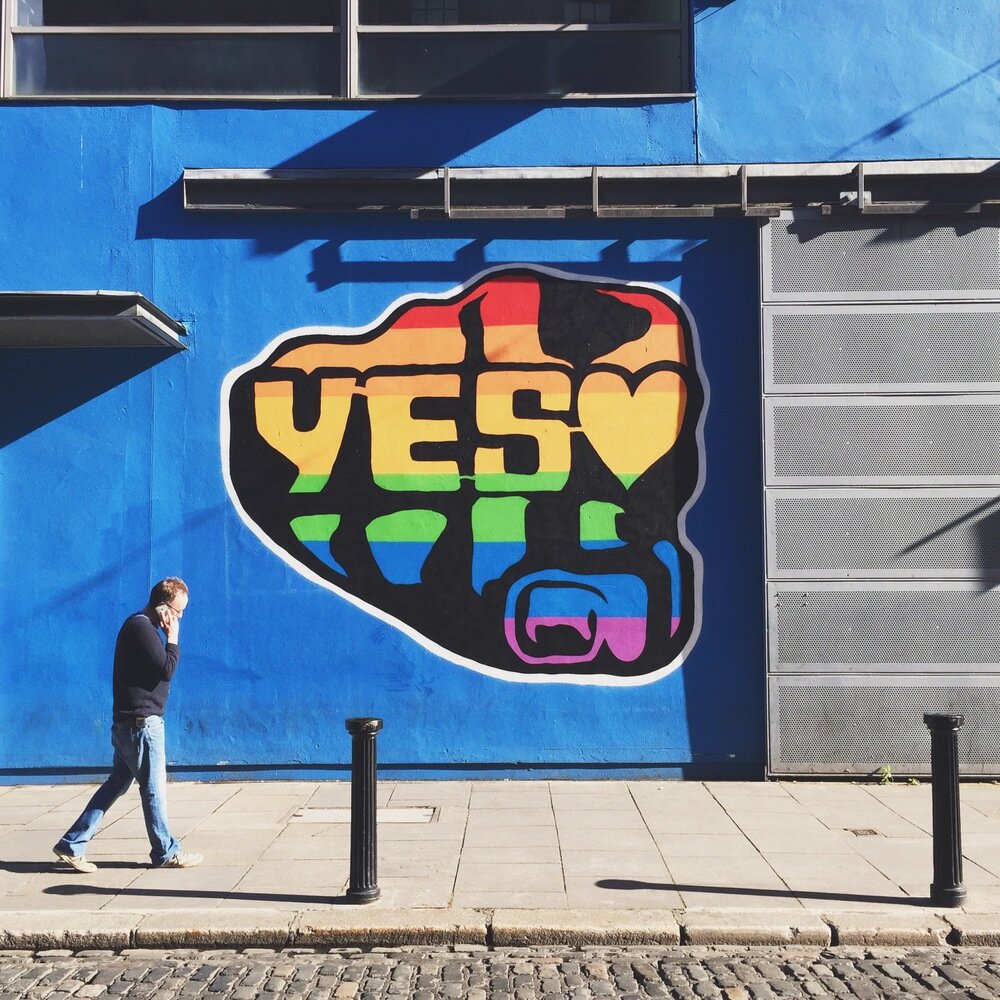Ireland and Northern Ireland
Ireland is just as green as advertised. As we arrived in Dublin last Friday, Tanya and I could see, through heavy cloud, the sea whipped by the wind, followed by a view of the most amazingly bright green fields. We went to Ireland to meet up with Tanya's parents, who are at the start of a wide-ranging European trip. They took the ferry from England, while we took the short hops to Paris then Dublin by plane. The weather deteriorated as we tracked west.
In Dublin we visited the Shackleton exhibition, which is there because Shackleton was Irish. I was reminded of my idea for a "Shackleton Epicness Scale", which would allow for adventurers to accurately quantify how much of an epic they just survived. Rated out of five and exponential, a one would be when you get lost on the descent from a climb and are slightly late for dinner. At the other end of the scale lies peak epicness, the five. This is when your ship is caught in pack ice for a full ten months over an antarctic winter, then crushed to matchsticks in front of your eyes, and you are forced to camp on the frozen sea for a further five months while you drift over 1500 km at the mercy of the currents, until the ice melts underneath you, at which point you get your team to a remote island, retrofit a lifeboat with a sail, leave most of the team behind, and successfully navigate the tiny boat across 1500 km of open ocean, using only four sextant readings in 16 days, to arrive at a spit of rock on which you can only land on the uninhabited side; you make the first ever crossing of its mountainous and glaciated interior to get to a fishing port, commandeer a new ship, and make four separate attempts over four months to reach the rest of your team, who you rescue without losing anyone. That's a five, and that's exactly what Shackleton and his men did.
We wandered around the Temple Bar area, which was filled with restaurants and bars and people in ridiculous leprechaun costumes. It was great to see all the "Yes" signs up about the recent and successful marriage equality referendum.
The next day we drove to Belfast, in Northern Ireland, which had a bustling city centre, towering docklands (the Titanic was built there), and great food. Most of my photos from Belfast are of wall murals, many of which were painted on peace walls. I found these murals fascinating and I couldn't stop thinking about how art is so often of crucial importance for political and emotional expression. Walking near the peace walls was a sobering experience, and I felt uncomfortable for being there in the midst of a sad situation that I do not fully understand.
Later in Belfast we visited the markets, and drove past the original Cyprus Avenue on my request. It's just a suburban street, albeit upmarket and leafy, but I was happy to go there because thanks to my parents I grew up listening to Astral Weeks.
Leaving Belfast, we continued north, following road signs marked "The NORTH". This grand capitalisation made the whole thing feel a bit like Game of Thrones — which is strange because apparently many Game of Thrones series scenes were filmed in Northern Ireland — but our destination was not The Wall, but rather The Causeway.
At the northern end of Northern Ireland is the Giant's Causeway, a huge set of hexagonal basalt columns that rise majestically out of the sea. Tanya explained the geological situation: that the columns formed as lava cooled, with the hexagonal shape being particularly stable as the rock contracted.
After the causeway we drove back south, via little villages and rolling green hills, to rejoin Dublin and fly home the next day. Ireland was great - the people were wonderful, the scenery awesome, and we had time to fit in a sneaky Guinness.


































